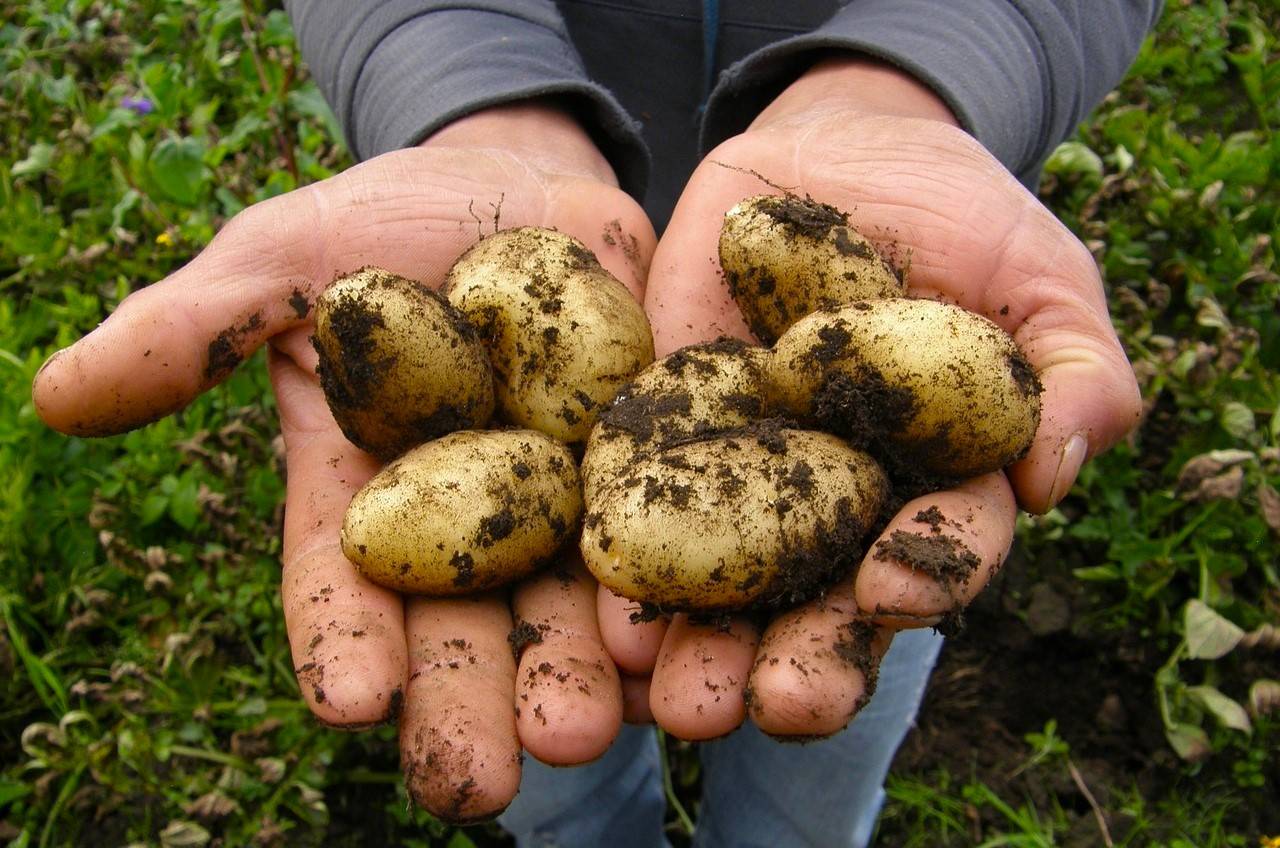
Potato, one of the world's most essential crops, has a long history dating back to around 8,000 years in the Andes of South America. Here, early communities around Lake Titicaca started domesticating wild potato plants. The tuber’s journey from these humble beginnings to becoming a global staple is a fascinating tale of exploration, adaptation, and agricultural innovation.
In the 16th century, Spanish explorers brought the potato from Peru to Europe. Initially considered an exotic novelty, it was cultivated in Spain and eventually distributed across Europe as gifts to prominent botanists and figures, including the Pope. Sailors soon recognized the potato’s value for long voyages due to its durability and nutritional benefits, which facilitated its spread worldwide.
Today, the potato ranks as the third most consumed food globally, thanks to its versatility and efficiency in growing on less land compared to other major crops. Its introduction to India showcases a unique chapter in this crop's history, shaped by colonial trade and agricultural strategies.
The potato's introduction to India can be traced back to early Portuguese and Dutch traders who brought it to the Malabar coast. However, it wasn’t until the 18th century, under the British East India Company, that the potato began to spread more widely. Driven by culinary curiosity and commercial interests, the British encouraged local farmers to grow potatoes, seeing them as a superior alternative to native vegetables. This agricultural push saw the potato flourish in regions like Bengal and northern India by the 19th century. Today states such as Himachal Pradesh, Punjab, Uttar Pradesh, and West Bengal are major potato producers in India.
The Food and Agriculture Organization of the United Nations (FAO) recognizes the critical role of potatoes in sustainable agriculture and food security. To preserve potato biodiversity and support sustainable farming practices, the FAO’s Globally Important Agricultural Heritage Systems (GIAHS) program highlights regions where traditional agricultural practices thrive.
One notable GIAHS site is the Archipelago of Chiloé in Chile, considered the birthplace of commercial potatoes. DNA evidence suggests that many potato varieties cultivated worldwide are closely related to those from Chiloé. Historically, Indigenous communities in Chiloé grew up to 1,000 native potato varieties. Although modern agricultural practices have reduced this number to 91, rural women play a crucial role in preserving these varieties. The potato remains the primary crop in Chiloé, vital for local livelihoods and global food security.
In the Andes of Peru, another GIAHS region, potatoes are deeply integrated into the local culture and agriculture. Farmers and Indigenous communities cultivate over 4,000 species of potatoes using traditional knowledge and sustainable practices. These high-altitude farms (3,300-3,800 meters above sea level) produce a variety of potatoes, including the long-lasting dehydrated chuño, which is essential during dry periods. Despite challenges like youth migration, cultural traditions help maintain the agricultural identity and biodiversity of the region.
In Tunisia’s Ghar El Melh, farmers employ a unique technique known as Ramli to grow potatoes in sandy beds irrigated by tidal freshwater. This delicate system passed down through generations, prevents saltwater inundation and ensures the crops' survival. The Ramli-grown potatoes are vital for local food production and livelihoods, meeting high market demands.
Portugal's Barroso region, another GIAHS site, is renowned for its potatoes, often referred to as “white gold.” The region’s mild climate and fertile soil have made it a hotspot for potato cultivation since the 18th century. The potato’s success has significantly improved local living conditions and the crop’s Protected Geographical Indication certification highlights its quality and historical significance.
The potato's journey from the Andes to worldwide prominence demonstrates its value and adaptability in diverse cultures and environments. Its ability to provide nutrition and economic benefits makes it a cornerstone of food security worldwide. From its domestication in South America to its spread across Europe, Asia, and beyond, the potato has become a vital crop that supports billions of people. Recognizing this, the United Nations designated May 30 as International Day of the Potato, encouraging people to learn about and appreciate the various local potato varieties and their culinary uses.
















